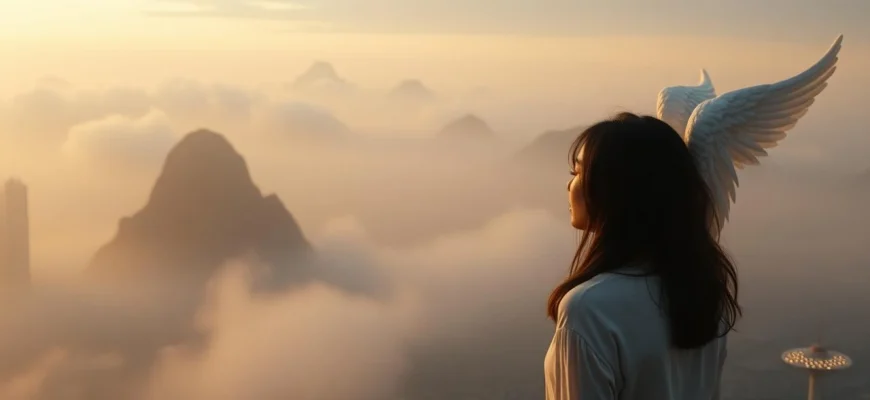If you were captivated by the poetic beauty and philosophical depth of 'Wings of Desire' (1987), you're likely craving more films that explore similar themes of existential wonder, angelic observation, and the human condition. This article highlights 10 movies and shows that share the same ethereal atmosphere, introspective storytelling, and visual splendor as Wim Wenders' masterpiece. Whether you're drawn to its meditative pace, its exploration of love and mortality, or its unique perspective on the unseen world, these recommendations will transport you to equally mesmerizing cinematic realms.

Solaris (1972)
Description: Andrei Tarkovsky's 'Solaris' parallels 'Wings of Desire' in its philosophical inquiry into human consciousness, memory, and love. Both films use slow, deliberate pacing to immerse the viewer in their existential questions. The visual poetry and dreamlike quality of 'Solaris' resonate with the angelic perspective in 'Wings of Desire.'
Fact: Tarkovsky considered 'Solaris' a response to Stanley Kubrick's '2001: A Space Odyssey,' focusing more on human emotion than technology. The film's haunting score features a chorale prelude by Johann Sebastian Bach. It was remade in 2002 by Steven Soderbergh, starring George Clooney.
 Watch Now
Watch Now 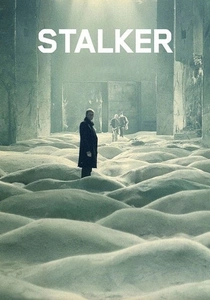
Stalker (1979)
Description: 'Stalker,' another Tarkovsky masterpiece, shares with 'Wings of Desire' a profound meditation on faith, hope, and the unseen dimensions of reality. Both films use long takes and atmospheric visuals to create a sense of transcendence. The Zone in 'Stalker' functions similarly to the Berlin of 'Wings of Desire,' as a liminal space where the spiritual and physical worlds intersect.
Fact: The film was shot three times due to technical issues with the initial footage. Many crew members, including Tarkovsky, allegedly suffered health problems from filming in toxic locations. The film's slow pacing and philosophical themes initially divided critics but it is now considered a classic.
 Watch Now
Watch Now 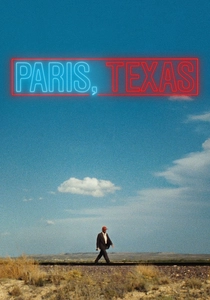
Paris, Texas (1984)
Description: Like 'Wings of Desire,' 'Paris, Texas' is a meditative exploration of human loneliness and connection, set against a poetic urban and rural landscape. Both films use slow pacing and minimal dialogue to evoke deep emotional responses, focusing on characters searching for meaning and redemption. The cinematography in both films is breathtaking, capturing the beauty in the mundane.
Fact: Directed by Wim Wenders, who also directed 'Wings of Desire,' creating a thematic and stylistic link between the two films. The screenplay was written by Sam Shepard, adding a layer of literary depth to the film. The film won the Palme d'Or at the 1984 Cannes Film Festival.
 Watch Now
Watch Now 
Synecdoche, New York (2008)
Description: Charlie Kaufman's 'Synecdoche, New York' aligns with 'Wings of Desire' in its metaphysical exploration of life, art, and time. Both films use complex narrative structures to reflect on the nature of existence and the human desire for connection. The introspective and surreal qualities of 'Synecdoche' echo the angelic perspective in 'Wings of Desire.'
Fact: This was Charlie Kaufman's directorial debut. The title is a play on words, combining 'synecdoche' (a figure of speech) with Schenectady, New York. Philip Seymour Hoffman's character ages over decades, requiring extensive makeup and prosthetics.
 Watch Now
Watch Now 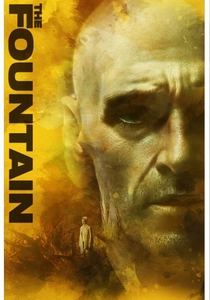
The Fountain (2006)
Description: Darren Aronofsky's 'The Fountain' shares with 'Wings of Desire' a transcendent approach to love, death, and the passage of time. Both films use visual splendor and emotional depth to explore themes of eternity and human fragility. The intertwining of past, present, and future in 'The Fountain' mirrors the timeless perspective of the angels in 'Wings of Desire.'
Fact: The film was originally planned with Brad Pitt and Cate Blanchett, but budget cuts led to a complete overhaul. The score, by Clint Mansell, features the Kronos Quartet and is often cited as one of the best film scores of the 2000s. The film's visual effects were achieved without CGI, using microscopic photography and practical effects.
 Watch Now
Watch Now 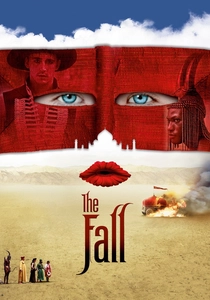
The Fall (2006)
Description: 'The Fall' resonates with 'Wings of Desire' in its blend of fantasy and reality, using stunning visuals to explore themes of storytelling, healing, and human connection. Both films create a dreamlike world that blurs the line between the imagined and the real, inviting the viewer to see the world through a more poetic lens.
Fact: The film was shot in over 20 countries over a period of four years. Director Tarsem Singh funded the film himself to maintain creative control. The young actress, Catinca Untaru, was largely unaware she was making a movie, adding to her natural performance.
 Watch Now
Watch Now 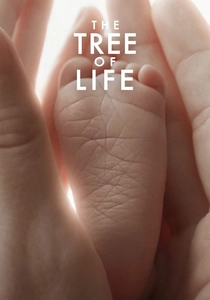
The Tree of Life (2011)
Description: Terrence Malick's 'The Tree of Life' mirrors 'Wings of Desire' in its lyrical exploration of existence, memory, and the divine. Both films blend the personal with the cosmic, using visual poetry to convey profound emotional and spiritual truths. The non-linear storytelling and ethereal cinematography create a similarly immersive and contemplative experience.
Fact: The film won the Palme d'Or at the 2011 Cannes Film Festival. Brad Pitt and Sean Penn star in the film, which spans from the 1950s to the present day. Malick worked on the script for over 30 years before filming began.
 Watch Now
Watch Now 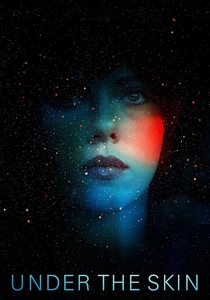
Under the Skin (2013)
Description: 'Under the Skin' shares with 'Wings of Desire' a focus on an otherworldly being observing and interacting with humanity. Both films use striking visuals and minimal dialogue to explore themes of alienation and the human condition. The eerie, atmospheric tone of 'Under the Skin' parallels the haunting beauty of 'Wings of Desire.'
Fact: Scarlett Johansson wore a wig and prosthetic makeup to blend in during unscripted interactions with real people. Many of the male characters in the film were non-actors unaware they were being filmed. The film's score, by Mica Levi, is highly experimental and adds to its unsettling atmosphere.
 Watch Now
Watch Now 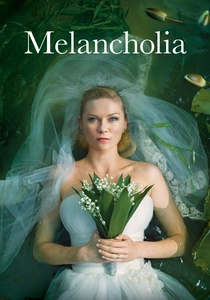
Melancholia (2011)
Description: Lars von Trier's 'Melancholia' shares with 'Wings of Desire' a preoccupation with existential dread and the search for meaning in a seemingly indifferent universe. Both films use striking imagery and a slow, deliberate pace to evoke a sense of awe and melancholy. The apocalyptic tone of 'Melancholia' contrasts with the hopefulness of 'Wings of Desire,' but both films grapple with profound human questions.
Fact: The film's prologue was shot with a special camera that captures images at 1,000 frames per second. Kirsten Dunst won the Best Actress award at Cannes for her performance. Von Trier was inspired by his own struggles with depression when writing the film.
 Watch Now
Watch Now 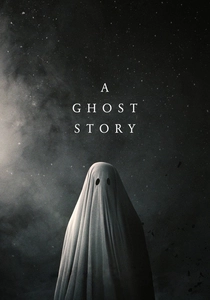
A Ghost Story (2017)
Description: 'A Ghost Story' shares with 'Wings of Desire' a contemplative approach to time, existence, and the unseen forces that connect us. Both films feature ethereal beings observing human life, blending the supernatural with deeply human emotions. The minimalist storytelling and haunting visuals create a similarly introspective and melancholic atmosphere.
Fact: The film was shot in a
 Watch Now
Watch Now 
